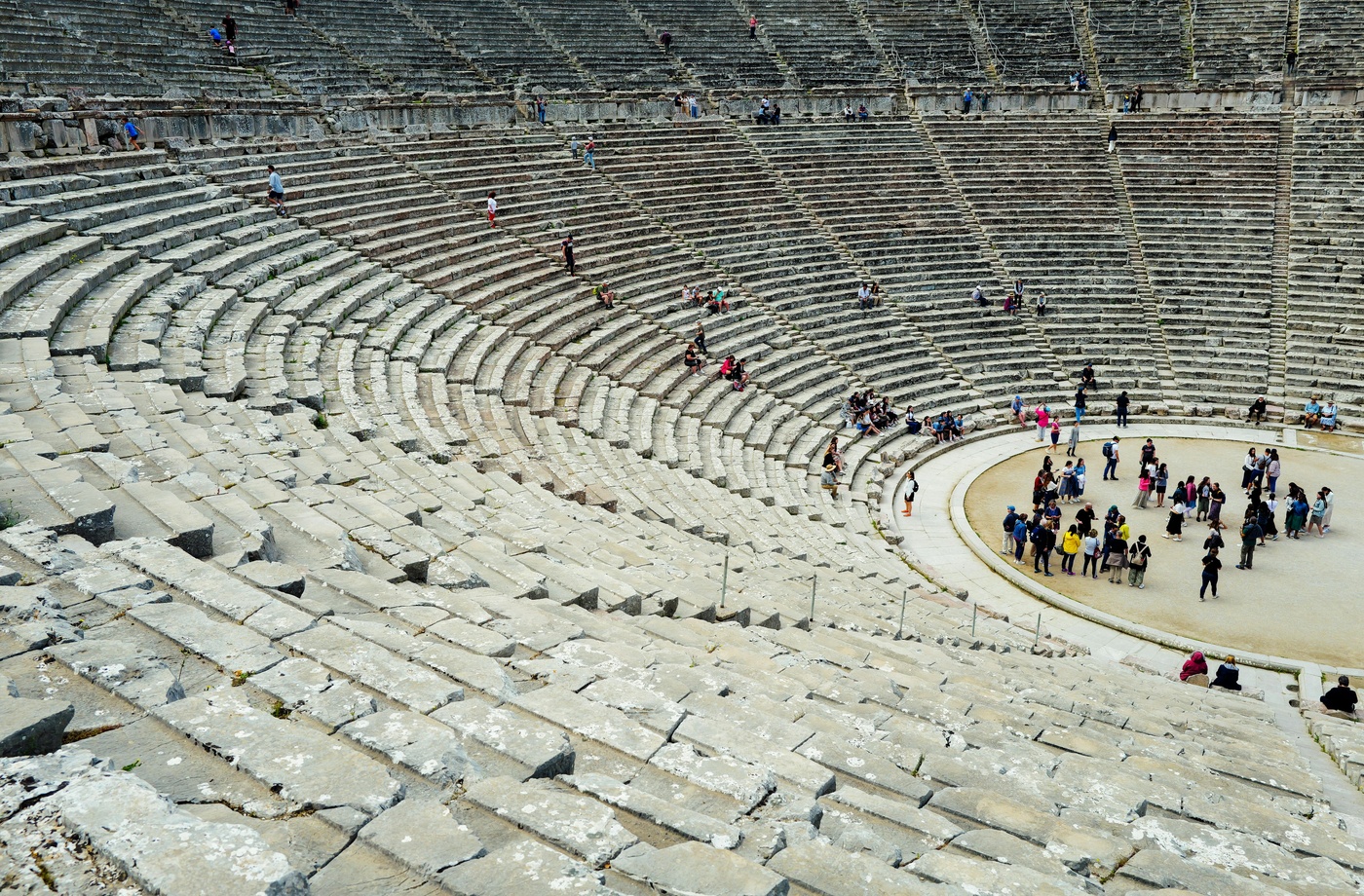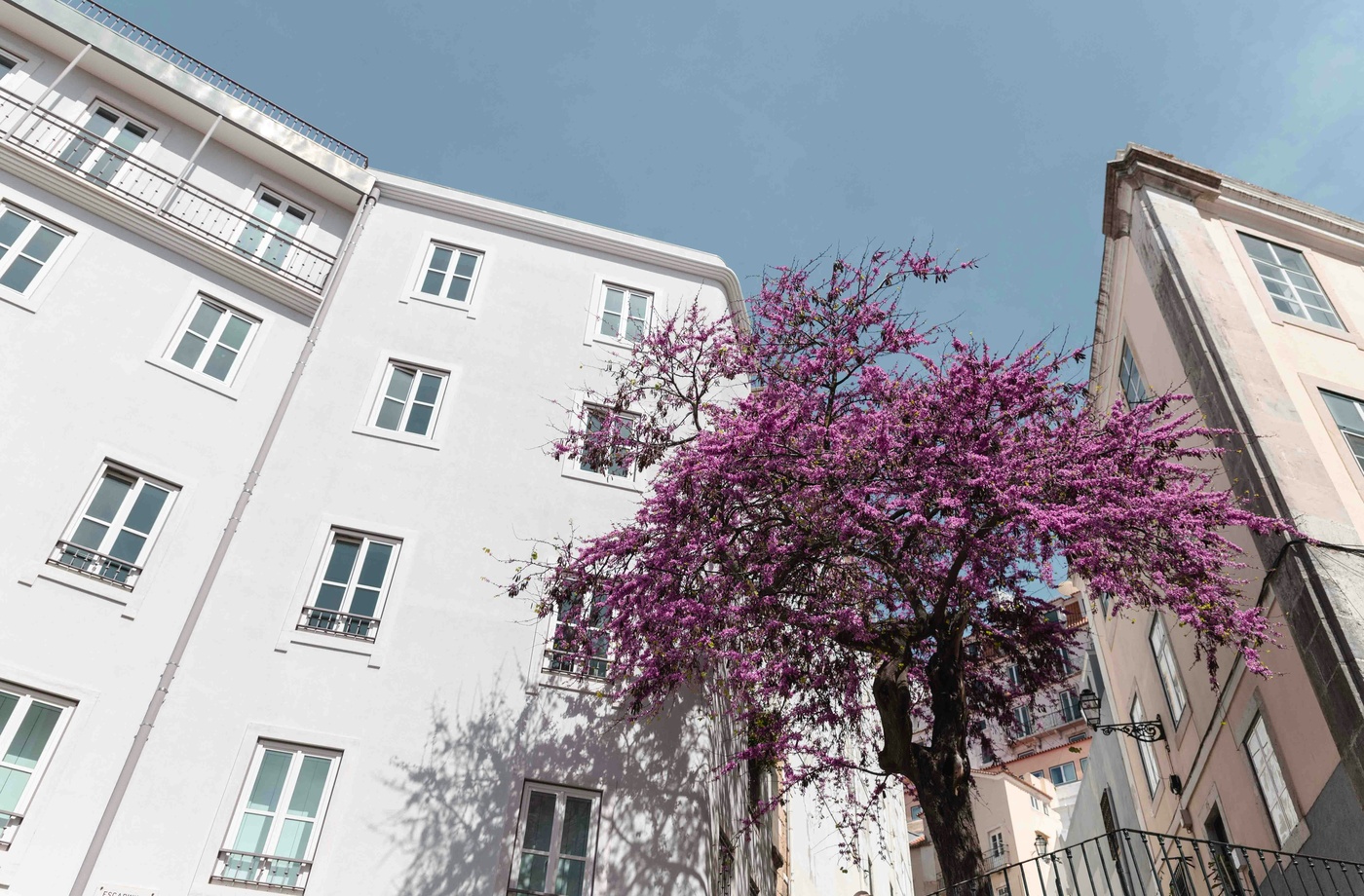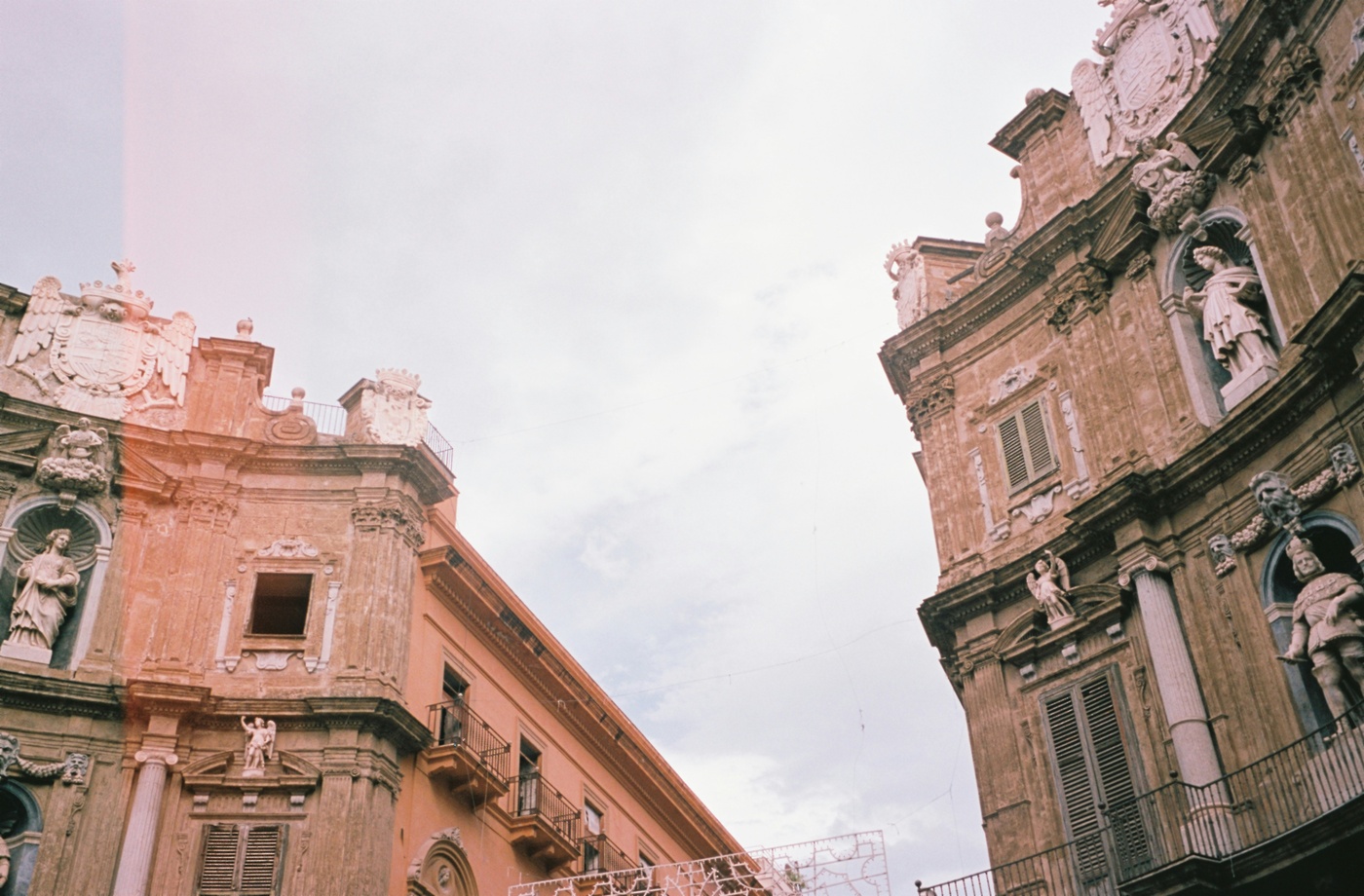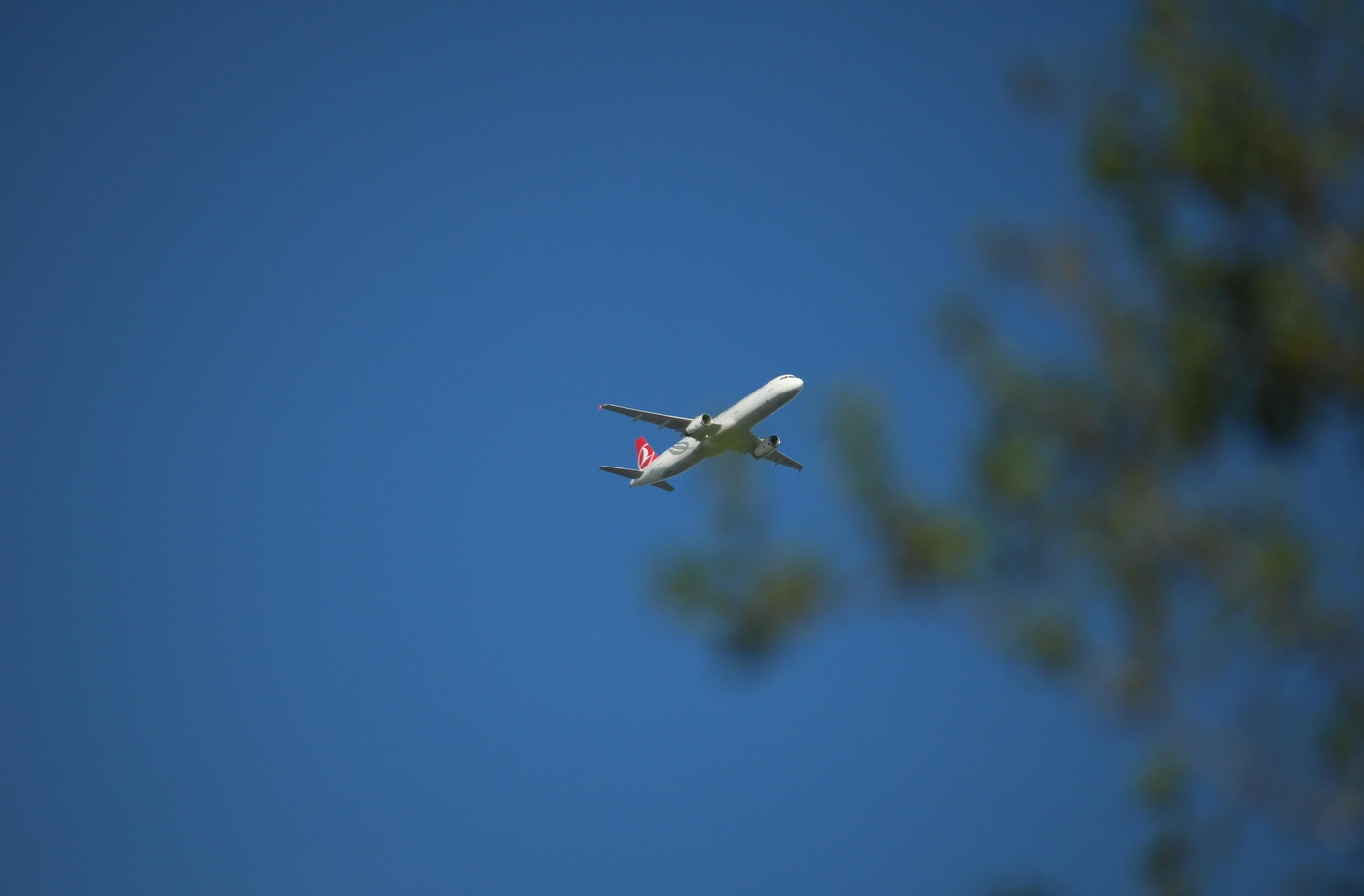Festivals offer a window into a destination’s soul—its culture, music, history, and community. Whether it’s a centuries-old tradition or a modern-day celebration, traveling for festivals brings deeper connections and unforgettable experiences. Here’s a guide to some of the world’s most iconic and unique festivals, when to attend them, and tips for planning your trip around these vibrant events.
- Holi – India (March)
Known as the Festival of Colors, Holi celebrates the arrival of spring with joyful chaos. Expect clouds of powdered color, music, dance, and street food. Popular places to join the festivities include Mathura, Vrindavan, and Jaipur. - Carnival – Brazil (February or March)
Rio Carnival is the largest and most famous in the world, attracting millions with its samba parades, dazzling costumes, and non-stop street parties. Book accommodations months in advance, as prices and demand skyrocket. - Songkran – Thailand (April)
This Thai New Year celebration turns the country into a giant water fight. Songkran is a cultural and spiritual event filled with temple visits, family gatherings, and massive public soakings in cities like Bangkok and Chiang Mai. - La Tomatina – Spain (August)
Held in Buñol, La Tomatina is the world’s largest food fight. Thousands gather to hurl overripe tomatoes in a messy, unforgettable spectacle. Tickets are required, and accommodations in nearby Valencia fill up quickly. - Day of the Dead – Mexico (October–November)
Dia de los Muertos honors ancestors with altars, marigolds, and processions. Oaxaca and Mexico City host the most iconic events, combining pre-Hispanic and Catholic traditions in vibrant fashion. - Edinburgh Festival Fringe – Scotland (August)
The Fringe Festival is the world’s largest celebration of arts and performance, spanning stand-up, theater, music, and experimental shows. With thousands of performances daily, it’s ideal for culture lovers. - Cherry Blossom Season – Japan (March–April)
While not a “festival” in the traditional sense, Hanami is a deeply rooted celebration of nature. Cities like Kyoto and Tokyo are covered in pink, and people gather in parks for flower-viewing picnics and parties. - Montreal Jazz Festival – Canada (June–July)
Festival International de Jazz de Montréal is the largest jazz festival in the world. It includes hundreds of free outdoor concerts and big-ticket performances, attracting top talent and international crowds. - Inti Raymi – Peru (June)
The Festival of the Sun, held in Cusco, re-enacts an ancient Inca religious ceremony with colorful parades, music, and dancing. It coincides with the winter solstice in the Southern Hemisphere and is a major cultural event. - Lantern Festival – Taiwan (February or March)
The Sky Lantern Festivall is a magical celebration where thousands of lanterns light up the sky, carrying wishes and prayers. The event marks the end of Lunar New Year festivities.
Planning tips for festival travel
- Book early. Festival dates drive up demand for flights and accommodations. Use flight comparison tools like Skyscanner and hotel platforms such as Booking.com.
- Check the official websites. Festival schedules and ticketing procedures often change annually. Always confirm entry requirements and local guidelines.
- Pack appropriately. Some festivals are interactive and messy (like Holi or La Tomatina), so bring clothes and shoes you don’t mind sacrificing.
Budget-savvy tip: Use cashback platforms like Rakuten or Ibotta when booking flights, hotels, or buying gear online. If you’re staying with major brands, consider purchasing gift cards to get rewards with a Hotels.com gift card through Fluz at Fluz.
Final thoughts
Festival travel lets you dive headfirst into the heartbeat of a culture. With thoughtful planning, flexible timing, and strategic booking tools, you can celebrate around the world while staying on budget.



